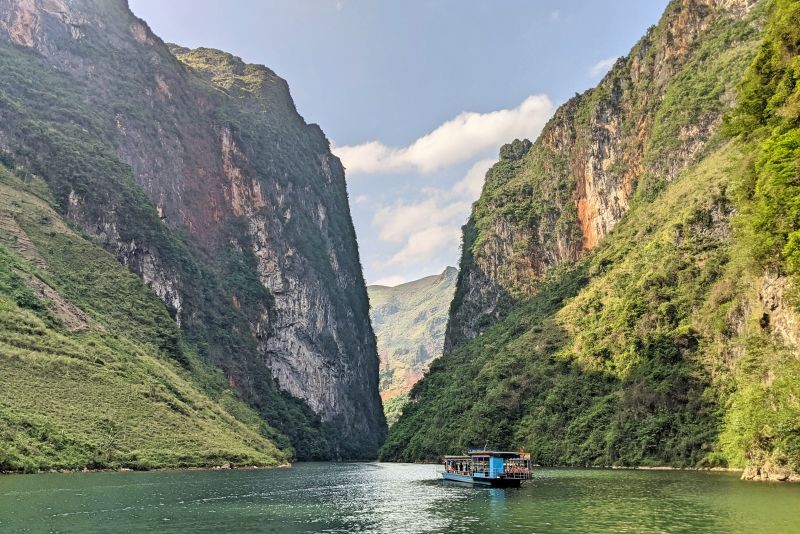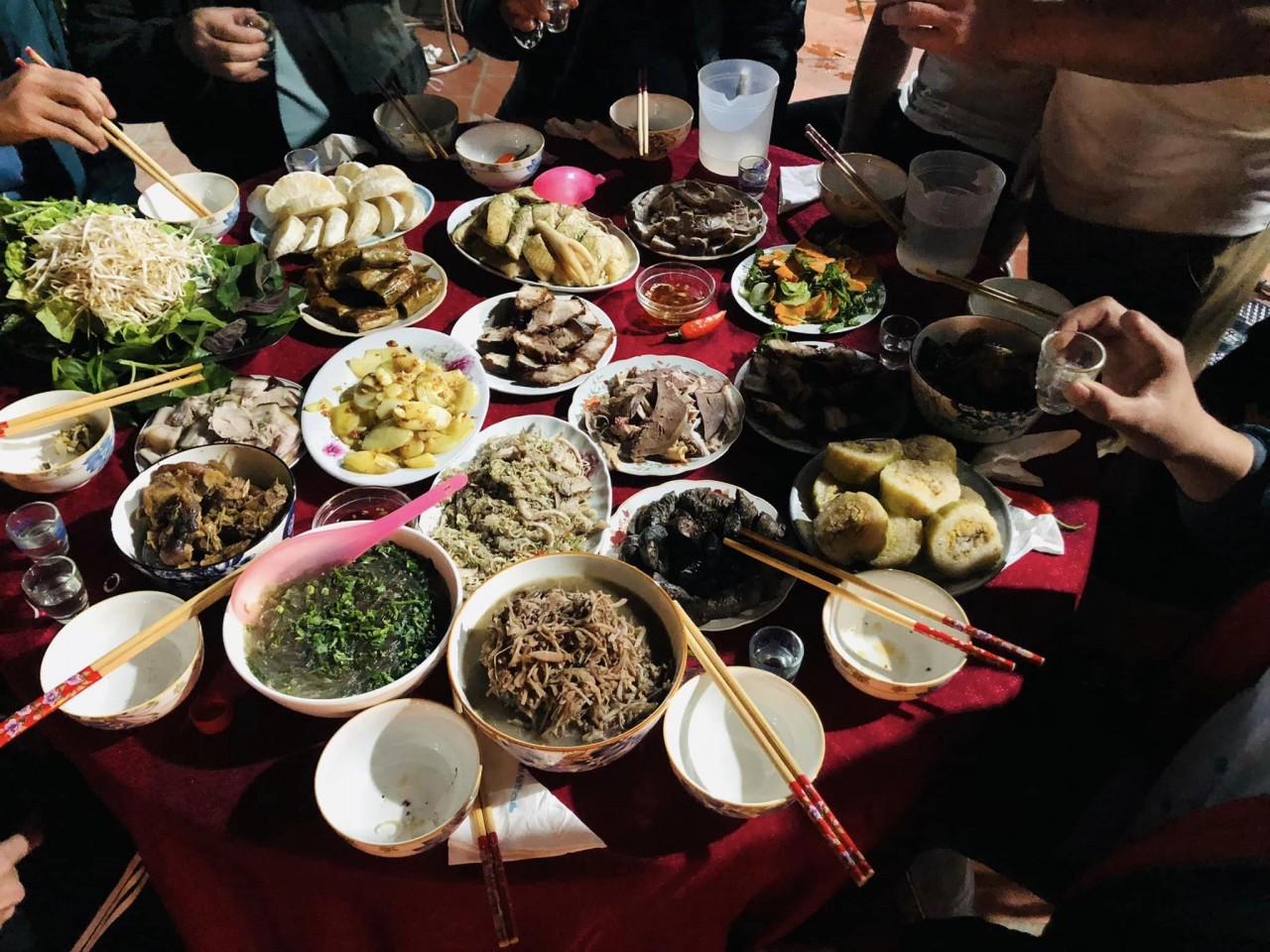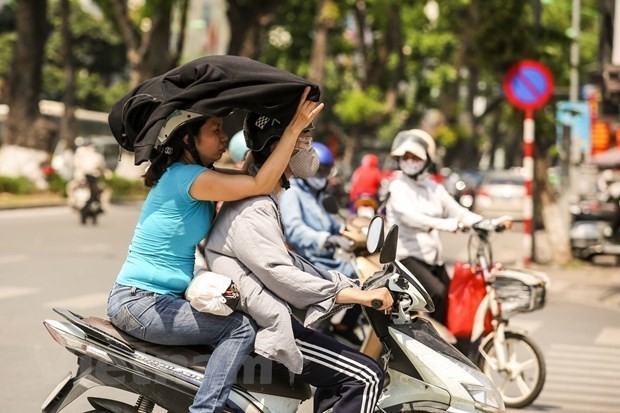For A Safe And Comfortable Road Trip
Some of the most memorable vacations happen in the form of a road trip. Just make sure yours is memorable for the right reasons. Whether you’re hitting the road for a few hours or embarking on a legendary cross-country drive, these tips will help stave off boredom, reduce arguments and keep you safe, according to HuffPost.
Generally, while road trips can occur in any mass of land, large masses of land are most common for road trips. The most popular locations for road trips include Australia, Canada, Mainland U.S., and Central Europe. This is because, since these areas of land are so composite, travel is more seamless, accessible, and efficient, than travel within smaller or non-contiguous, remote countries, such as Fiji, in addition to the fact that these countries tend to offer more points of interest than smaller ones. This may also be due to the distance required to qualify as a road trip, which residents of smaller bodies of land may find themselves incapable of achieving.
While there is no consensus as to what distance or time must be traveled/spent in order for the event to qualify as a road trip, it is a commonly held belief that commuting by means of automotive transportation should not qualify as a road trip, regardless of the distance. Some argue that travel may not require a set distance to qualify as a road trip.
1. Get plenty of sleep before your drive
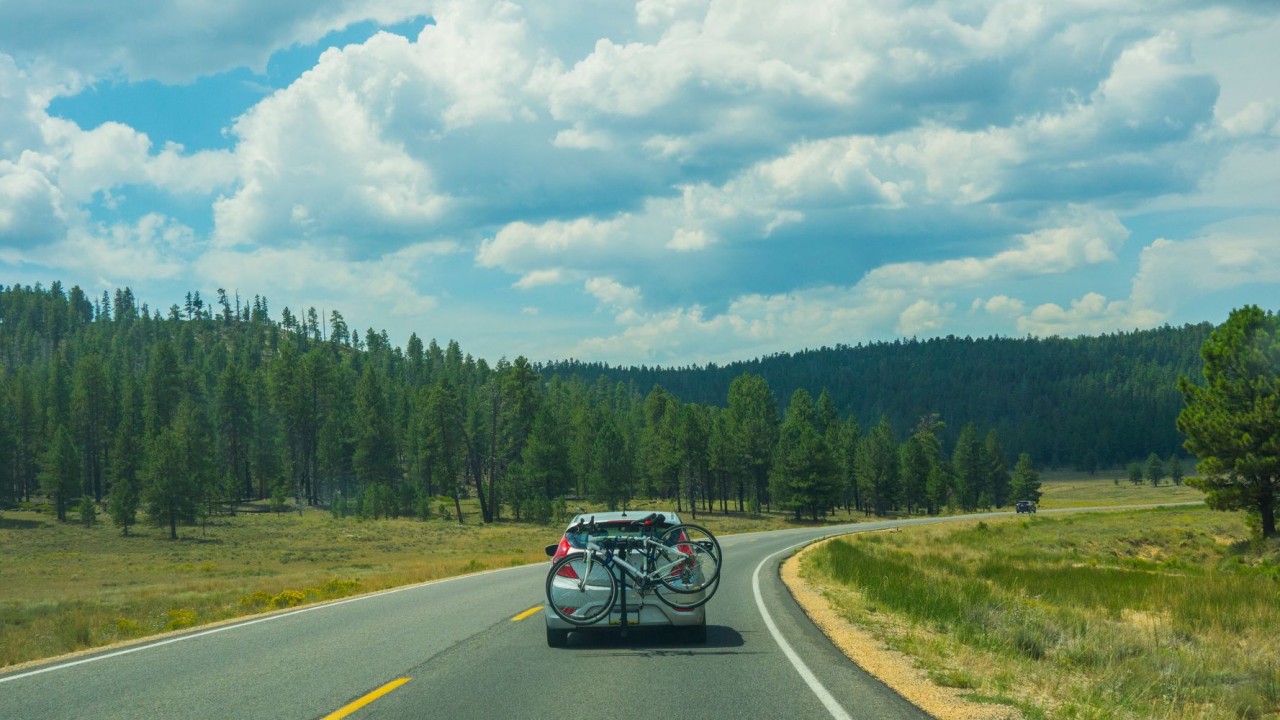 |
| Photo: HuffPost |
Think about exhaustion before you begin your journey, not after. Get at least seven hours of sleep for two consecutive nights before the road trip to build up your energy reserves. It’s best to start in the morning after a good night’s sleep, not after a long, tiring day of work (unless you plan to stop). Take regular breaks along the way to stay fresh and alert, stopping roughly every 100 miles or two hours. “Also, try to avoid driving between 1 and 3 p.m., when the body’s temperature is lower and people are naturally drowsy,” says The Sleep Doctor, Dr. Michael Breus.
How do I avoid fatigue?
- Get enough quality sleep before you begin driving. Be sure to have seven to eight hours of uninterrupted sleep before your trip.
- The worst time to begin your trip is after work - you will be tired already, even if you do not realize it.
- Aim not to travel more than eight to ten hours each day.
- Take regular 15-minute breaks at least every two hours. Get out of the car, get some fresh air, and some exercise.
- If possible share the driving. Get your passengers to tell you if you look tired or if you are showing signs of tiredness.
- Eat well-balanced meals at your usual meal times. Avoid fatty foods, which can make you feel drowsy.
- Avoid alcohol and medicines that can cause drowsiness.
- Avoid driving at night. The chances of crashing are much higher late at night and early morning.
2. Bring healthy road trip snacks
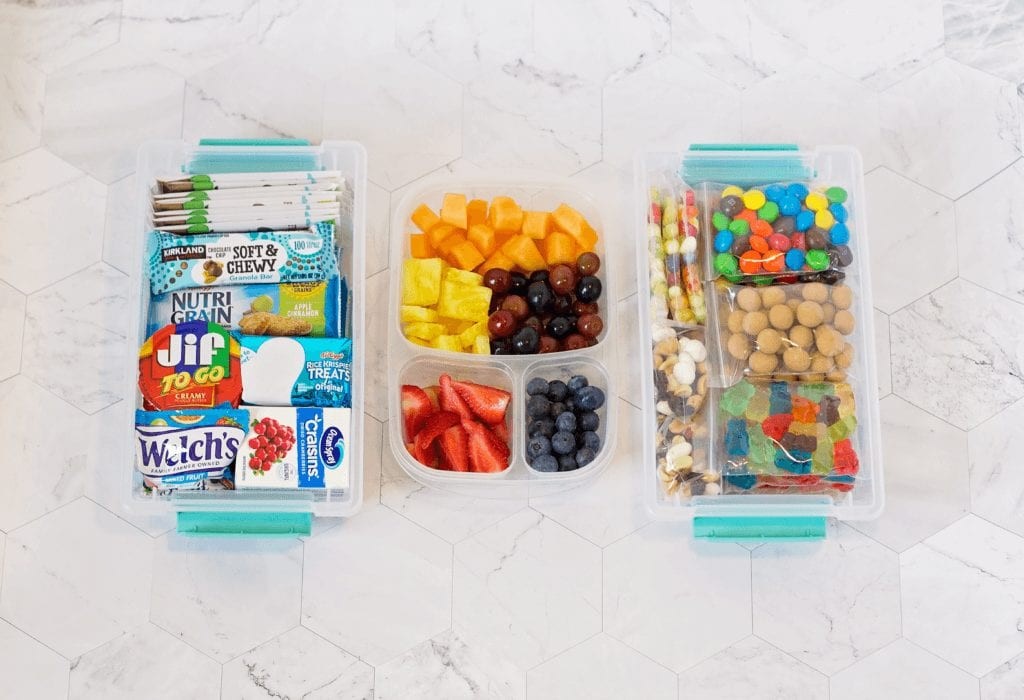 |
| Photo: Practical Perfection |
Carrying along a variety of vitamin-packed, healthy foods will allow you to get by on smaller snacks throughout the long drive while skipping the fast-food stops. “To stay alert, carrots and almonds are my favorites,” says blogger and travel expert Gretchen Breuner author of The RoadScholarz: Lessons from the Scenic Route.
Fresh fruit is not only highly nutritious but also easily portable. During road trips, munching on hydrating, high-fiber foods like fruit may keep your bowel movements regular and help prevent constipation caused by inactivity. Apples, strawberries, and bananas are great paired with high-protein nut butter like almond or peanut butter for a filling snack. Nut butter is even sold in single-serve pouches, which can come in handy when you need a quick bite while driving. Brands like Artisana and Once Again offer unsweetened, organic nut butter squeeze packs.
Trail mix is a go-to snack for road trips — and for good reason. It doesn’t require refrigeration, is easy to eat, and provides ample protein, healthy fats, and fiber to fuel you on those extra-long road trips. What’s more, you can buy nutritious, low-sugar versions at most rest stops and gas stations. Look for a variety with nuts, seeds, and unsweetened dried fruit — and steer clear of those that contain candies, candied nuts, and sugared fruits. You can also make your own at home.
Energy bites, also called energy balls, are bite-sized morsels made from healthy ingredients like nuts, seeds, and dried fruit. Though small, they pack a punch of nutrition and calories. You can easily make them at home and pack them in a cooler to take on the road. Check out this recipe for energy bites that include dates, nuts, cocoa powder, and almond butter. Additionally, companies like Navitas, Ello Raw, and Made in Nature all make delicious energy balls.
3. Put together the perfect playlist ahead of time
 |
| Photo: alexrainbirdMusic |
Fumbling with your phone while driving is not only unsafe, but it can really kill the vibe of a relaxing drive set to the perfect soundtrack. Plus, you’re bound to hit a few areas without radio coverage or cell service. “There are many areas where internet, GPS or even satellite signal for XM radio isn’t available,” said Angella Jensen of Angie’s Awesome Adventures. In this case, having a few playlists downloaded ahead of time will save you from any awkward silence. “Include as many upbeat, fun songs as you can,” she said. “This will keep the energy level high and in a good place if you find yourself in a situation where nothing else is available.”
4. Stay hydrated
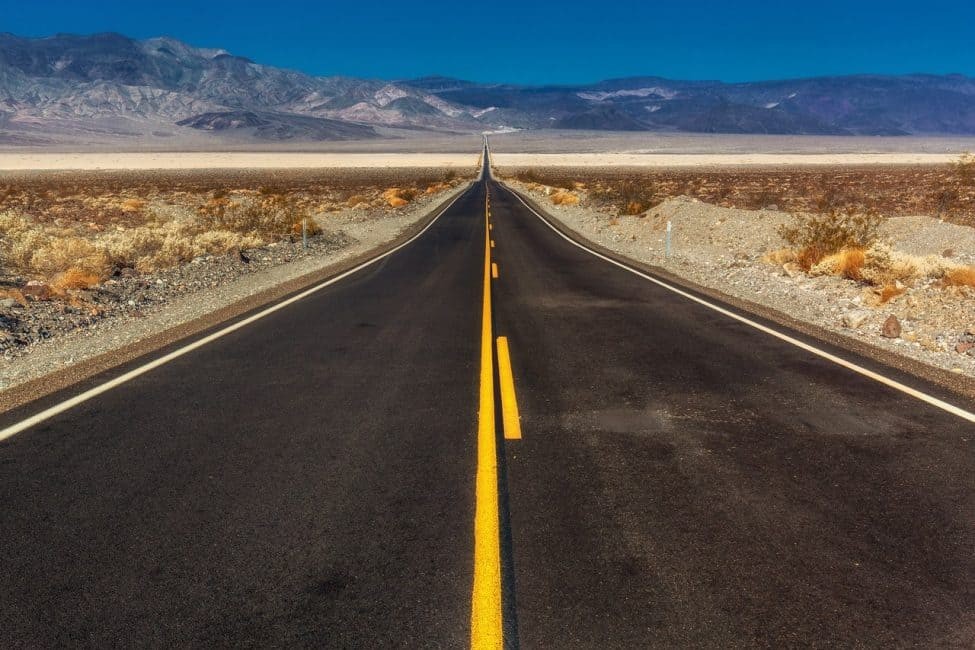 |
| Photo: Getty Images |
Keep the water supply well-stocked for maximum energy. “A possible downside of this, of course, is that you’ll need to make more bathroom stops,” says Breuner, who traveled to 19 states with her family in an RV in three months. To learn more about what to bring on a road trip, check out this list of essential items and tools to keep in your car.
1. Try to bring a small cooler or insulated bag with you on the road to keep your water nice and cold. Drinking a cold beverage can help cool your body temperature and give you relief from those rays beaming through the window.
2. Better yet, freeze a couple of your water bottles. There will be no need for ice in your cooler and you'll have nice, cold beverages once they begin to thaw.
3. While you’re at it, go ahead and pack some fresh fruit in that cooler. By adding some to your water, you’ll be giving yourself an extra nutrient boost that will be sure to keep you alert.
4. Whenever you’re feeling the need to pull over for an unhealthy snack or soda, try taking a few sips of water instead. Thirst sometimes manifests itself as feelings of hunger.
5. Try one of our delicious vitamin waters. The natural sweetness they provide is a perfect alternative to sugary energy drinks or soda but will still satisfy that sweet tooth while delivering what your body really craves!
6. Make sure to plan ahead and give yourself plenty of time to reach your destination. Keeping yourself and your family hydrated should definitely be the number one priority, even if it requires a few additional pit stops along the way.
5. Plan your Rest Stops
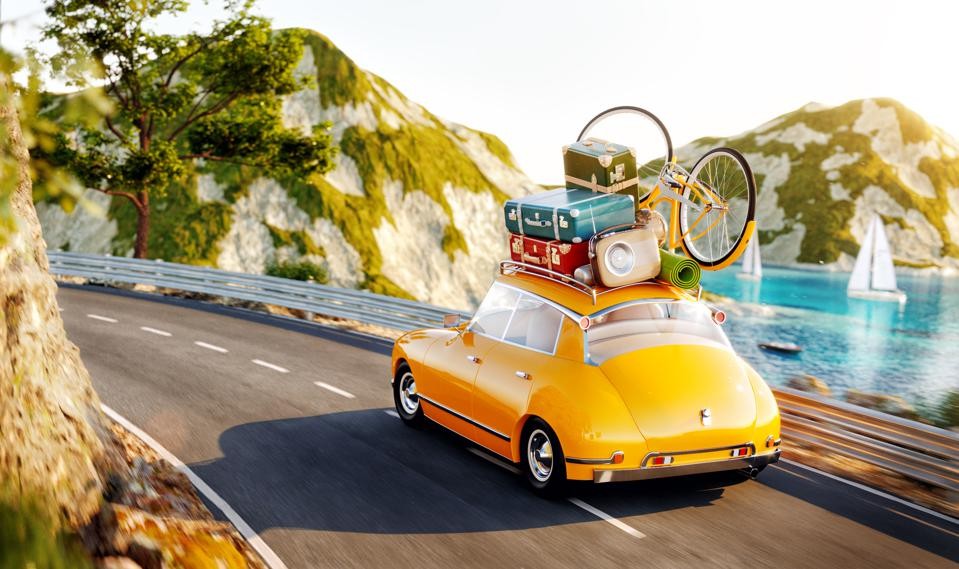 |
| Photo: Forbes |
One of the most crucial tips for road trips is to get out of your car and stretch your legs every two hours. Plan these stops into your long drive, whether they fall at mealtimes or can be timed to let you view interesting places and take pictures.
Before pulling your car into a rest stop, you should look at online reviews to get a feel for how safe the area is. Since you’ll be coming from out of town, you really won’t know what the reputation of the area is, so it’s important that you perform the proper due diligence beforehand.
If you want to decrease the chances of having your car broken into, you should always make sure to park in a well-lit area. If you’re having trouble finding good lighting, consider parking closer to the building. In general, it’s always better to stop at a rest stop during the day as opposed to at night.
If something actually does go wrong, you’ll want to make sure you can contact the police as quickly as possible. Keep your cell phone charged and with you at all times, in or out of the vehicle.
6. Sit up straight
 |
| Photo: Medical News Today |
Make sure your seat is adjusted properly for your body, tilted for maximum blood flow. If you feel a driving “trance” coming on, sit up. “Take a deep breath and scan your body for tension,” says yoga teacher and wellness specialist Elaine Masters, author of Drivetime Yoga: Yoga Benefits in the Convenience of Your Car. “If your right hip is feeling sore, for example, lean to the other side.”
Make sure your seat is adjusted properly for your body, tilted for maximum blood flow. If you feel a driving “trance” coming on, sit up. Don't tense up your body while driving. Keep in the car seat at the most comfortable angle and position.
7. Carry some cash
Big city folk may be used to swiping a card to pay for travel expenses, but that’s not always possible in small towns. Independent gas stations, national parks, and other stops may require you to pay cash, so always keep some on hand.
This may sound obvious but trip research goes deeper than checking out a list of the main attractions, best restaurants, and nightlife scene. Paying with debit and credit cards is second nature to many regardless of whether it's for a bottle of water at a convenience store, settling a restaurant bill, or buying a bus ticket. This isn’t always the case in other countries around the world, so try to find out about the likelihood of being able to pay with plastic. Small, independent retailers may add on unwanted service charges to purchases, which would ultimately make the item more expensive than if paid for in cash.
Determine how hotels work in your chosen destination. Can you book and pay online in advance? How accessible are ATM machines, do they charge commission fees, and are the exchange rates more favorable than when exchanging cash? Tipping isn’t customary the world over but, when it is, service people will often prefer a cash bonus to an amount added to the bill.
8. Get gas every time you stop
Making a pit stop? Get some gas. Driving past a small town? Fill ’er up. Even if you have a healthy half tank left, it never hurts to stock up on fuel for those long stretches where there’s no gas station for miles.
 | Useful Tips For Your First Trips To Southeast Asia Southeast Asia has many amazing destinations for beginners to discover, which are packed with interesting cultural and historical sites, amazing festivals, friendly locals, etc. Here ... |
 | Simple Guide And Tips To Organize Kids’ Birthday Party At Home Kids love parties, especially with their families and friends. It might be tiring and time-consuming to prepare a big (or small) birthday party for your ... |
 | Photo: The Beauty of Dam River in Quang Nam Tam Ky is recognized as the “Asian City Landscape” by the United Nations Habitat Asia. |
Recommended
 Handbook
Handbook
Vietnam Moves Up 8 Places In World Happiness Index
 Handbook
Handbook
Travelling Vietnam Through French Artist's Children Book
 Multimedia
Multimedia
Vietnamese Turmeric Fish among Best Asian Dishes: TasteAtlas
 Handbook
Handbook
From Lost to Found: German Tourist Thanks Vietnamese Police for Returning His Bag
Popular article
 Handbook
Handbook
Prediction and Resolution for the Disasters of Humanity
 Handbook
Handbook
16 French Films To Be Shown For Free During Tet Holiday In Vietnam
 Handbook
Handbook
Unique Cultural and Religious Activities to Welcome Year of the Snake
 Handbook
Handbook




